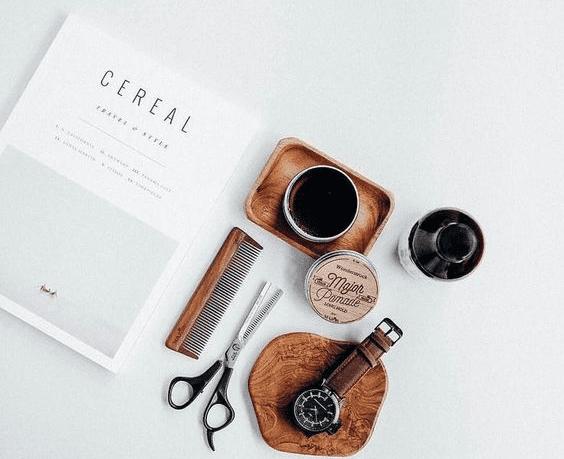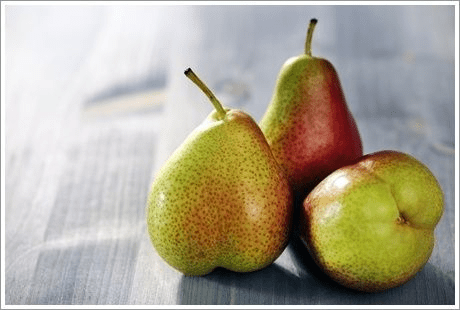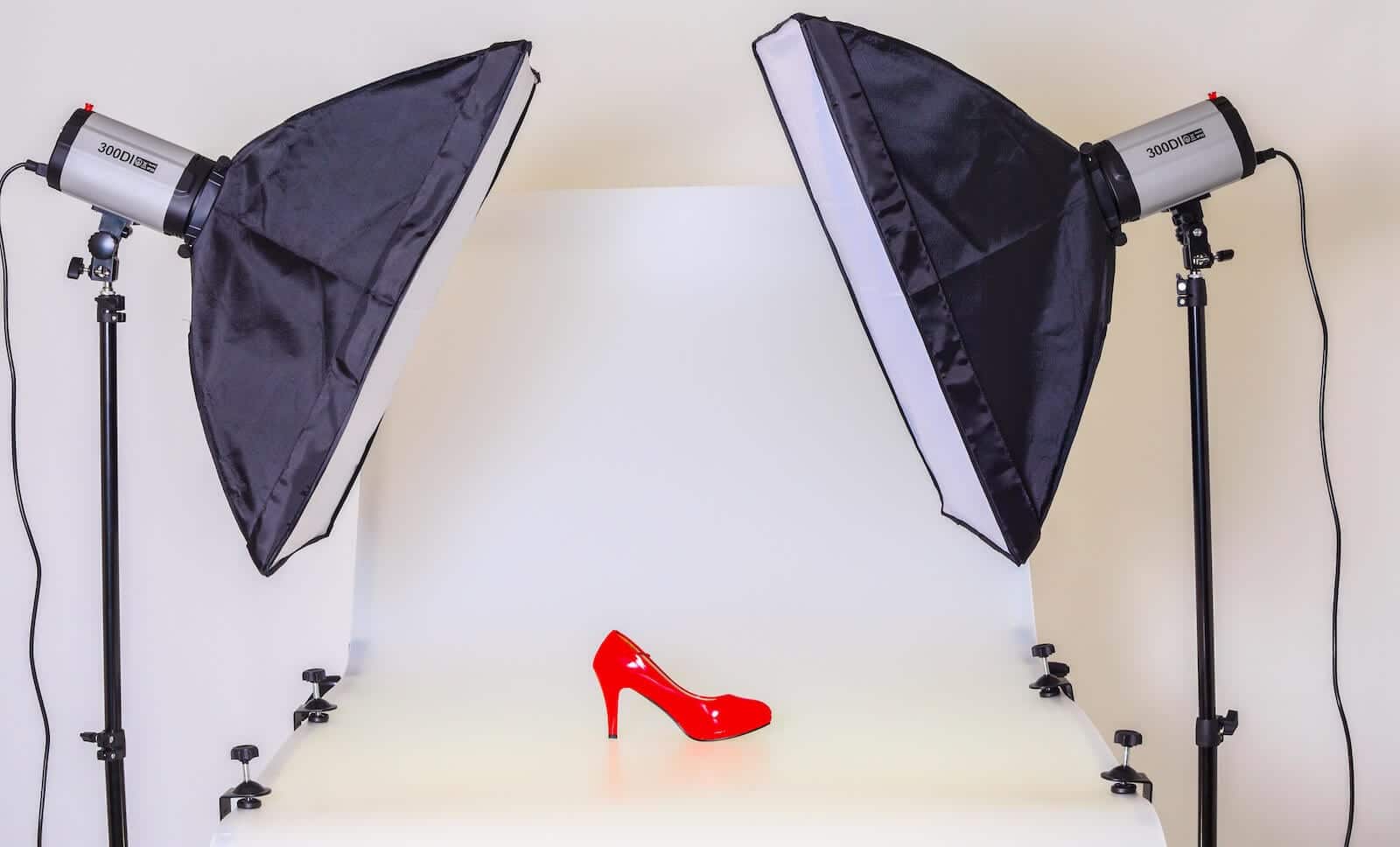If 51 percent of Americans who have access to the internet would rather shop online than in a store, you need to be able to capture their attention with your product photography. This is very likely to have increased during recent times, with more people shopping online from home.
eCommerce is continually becoming more popular, and you need to be able to present your products in their best light.
Many companies that do business online wonder if they should splurge on professional product photography. The product photos on your website certainly should look professional, but you don’t necessarily need to employ an expensive pro photographer. In this current difficult economic environment, it’s a great way to save some costs potentially, but also often no wonder knows how to present your product better than you do. With a bit of advice and basic equipment, you can be on the right track towards developing some impressive product photography for your business.
So what do you need to know?
In this guide, you’ll learn:
- Why outstanding product photography is vital
- What kinds of cameras to use
- Lighting tips and equipment
- Composition rules for product photography
Why Outstanding Product Photography is Vital
This may seem like a given, but even so many business owners underestimate just how important product photography influence conversion rates. Shoppers truly are paying attention to your photos. A Weebly survey found that at least 75 percent of respondents are extremely influenced by product photos when they’re making purchasing decisions online.
In fact, almost one-quarter of returns to online retailers occur because the product that a customer received didn’t look like the photo on the website. You must not only showcase your products in the best light but also represent a realistic view of what you’re selling.
No matter what you sell, visual content from your website is more likely to be shared than text. Visual cues elicit emotional reactions. Those emotional responses guide decision making in a process called the somatic marker hypothesis.

In the above Jo Malone cologne product photo, the pears in the background and freesia flowers around the bottle likely stimulate pleasant emotions such as calmness. The pears and freesias have been meticulously laid out. For example, the freesias in the foreground are laid down beautifully just below the label. Although, in the background, they stand more vertically above the pears stacked up and pointed inwards into the direction of the bottle. Even though the top of the cologne bottle, we can see a wide-angle of pears and freesias. If we are looking at the label on the bottle we can notice the pear in the background and freesias lying in the foreground. This helps create an initial positive impression and elicit emotions. The customer is likely to then form an opinion or judgement of the product such as its fresh, premium and a great blend.
People will choose to make purchases based on their first impressions of your products. They may eventually read the specs and description, but it’s likely they already have a view on the product as explained above. That’s all from the visuals and product photography.
Importantly, your product photography must align to and support your brand’s positioning.
In the case of Jo Malone it’s a British lifestyle brand wanting to be known for its luxury products and rewriting the rules of perfumery by mixing unexpected combinations of ingredients. So you can see even from this one product how the two ingredients are tactfully emphasized to the customer. The high-end, luxury nature of the product is also evident. They also need to be consistent. Use the same backgrounds or styles of backgrounds in all of your photos. Consider your color combinations, for example, in the photo above green and white contrast well. Notice the label is also green and white for the product. Standardize the lighting. If you take detail shots for one product, you might want to do the same for all of them. Make sure that your pictures send the brand message that you’re trying to portray.
So take notes of these important points:
- Buyers are extremely influenced by product photography, providing outstanding photography differentiates you in the market.
- Consider your brand’s positioning – what emotions and initial impressions do you want to elicit in the minds of your customers?
- Create imagery aligned to your branding.
- Carefully consider the mix of products, colors, props, background, lighting and placement.
Do I Need an Expensive Camera?
Contrary to some opinions you don’t need an expensive camera and there are good options in various price ranges. If you are on a tight budget you can even consider using your Smartphone especially if it’s a later model iPhone for example. A very basic camera can also be used.
Obviously, spending above $500 or $1000 would be ideal but good technique, lighting and compositional skills have a far greater influence on outcomes.
There is a wide range of brands and options of course however consider a Nikon or Canon in the $1000 up to around $3000 level if you can afford it.
Tips for Shooting With a DSLR Camera
If you have a professional digital camera, you’ll need to know how to work some of the settings to achieve the most effective photos. Although your camera probably has automatic settings, it’s helpful to know what they mean and how to adjust them manually.
Some tips for taking photos with a DSLR camera include:
- Set the ISO as low as possible – This controls the camera’s sensitivity to light; using the lowest number possible to achieve the correct exposure will give you the highest quality photo.
- Set the aperture reasonably high – The aperture, or F-stop, manages the level of light that enters the camera lens and distinguishes the depth of field; a higher number will put more of your product in focus and increase the shutter speed. A lower setting may occasionally be used though if you want to blur out the background (a concept known as bokeh).
- Set a slower shutter speed – Shutter speed refers to how fast the shutter opens and closes. Generally, with product photos there is little movement so we can utilize a slower shutter speed. This creates sharper images. However, if there is movement in your photos such as model movement you may want to compensate for movement through a faster shutter speed which will enable the object to be frozen better.
Use a Tripod
You might be tempted to prop your camera against some books or a wall to take your photos. However, you’ll get much more consistency if you use a tripod. A tripod will hold your camera completely steady. You don’t have to worry about it sliding off of a makeshift platform. They are also relatively inexpensive especially for the value they add.

You can start getting detailed about your setup when you use a tripod. Consider making a permanent location in which you can take product photos. Mark the area where the product sits and the spot where you set up the tripod. You’ll be able to replicate the arrangement in the future.
There are plenty of tripod options out there, including some that have adapters to attach to a camera or a smartphone. A traditional tripod usually has straight, rigid legs. You can typically telescope the legs to adjust the height of the tripod.
A flexible tripod has malleable legs that you can shape around various objects. A flexible tripod might be best for outdoor shots on uneven terrain. But flexible tripods generally have shorter legs than traditional ones.
Optimal Lighting
Product photography is all about lighting. The light needs to be bright enough to provide visibility. If it’s too bright, it could wash some details out. If it’s too dim, your customers may not be able to see the item clearly.
The same lighting situation might not work for every product. If you have to use different types of lighting, try to keep other elements of your photography, such as the backgrounds, consistent.
Natural Lighting
Natural comes from the sun. It’s considered a soft light because it tends to throw a gentler shadow than a spotlight or lamp.
Many photographers prefer to shoot on a cloudy day as opposed to sunny day depending on the product and image needed. Or they may consider the time of day to take photos. For example, in the case of my own company Refractique, a lensball is used for creative landscape photography. I rarely take pictures in the middle of the day as the harsh light falls on top of the ball, which invariably causes a lot of harsh shadows. Instead, I take photos at sunrise or sunset, which means light shines through the ball, so I usually have beautiful natural light from the sun. The sun is also used as a spectacular backdrop. The diffused light is often more flattering than a bright strobe.

Some reasons to use natural light include:
- You sell a product that is designed for the outdoors.
- The surroundings add to the product’s appeal.
- You don’t have much versatile lighting equipment.
Equipment for Working With Natural Light
You don’t have to be outside to use natural light for your product photography. If you have a large window that lets in the sunlight, you could set up a small area nearby to shoot your products.
If you’re working with natural lighting, decide whether you want hard or soft shadows. If you don’t want the lighting to be severe, you should use a diffuser. This is a sheer cloth that breaks up the light as it’s directed toward the object. In a pinch, you could use a sheet.
A reflector helps you aim more light at your subject on a cloudy day. You can use any bright whiteboard for this, such as a piece of sunlight. Place the board so that it redirects the cast sunlight onto your subject, filling in the shadows. Play around with the reflector so that you get the perfect balance of light and shadows.
Artificial Lighting
You may not always want or have the ability to wait for the perfect conditions to photograph your items due to deadlines. An artificial light setup makes it easy for you to achieve a consistent look no matter what the sun is doing outside. Light bulbs tend to have a narrow beam of light and can make your products look sharper than natural light can.
Artificial light is ideal for:
- Photographing products with small details or texture that need to be highlighted.
- Producing many similar photographs for a catalog or website.
- Controlling exposure and depth of field.
- Taking photographs at any time of day.
Equipment for Working With Artificial Light
You’ll probably need at least two lights if you’re working with bulbs. Having more than one light source helps you balance the image and reduce shadows. Most studio lighting comes in LED, tungsten and fluorescent options. You’ll need to adjust the white balance on your camera depending on the type of light that you choose.
An adjustable power kit allows you to dim the lighting as necessary. It’s an extra expense, but it can save you time by preventing you from swapping out bulbs continually.
Umbrella lighting can disperse the light and your photos a softer feel. You can also use a diffuser if your lighting is too harsh.

Composition
The composition of your photographs is a critical element. One of the most popular ways to photograph your products is with a white, seamless background. You can get creative with backgrounds. But if your photo is too busy, it may detract from the item that you’re trying to encourage your audience to buy.
Explore Various Camera Angles
Your customers want to see the items as they would in a shop. Provide as many angles as appropriate to showcase your products from different perspectives. If you sell products with labels, taking close-ups of the text needs to be considered.
You can combine various products in one shot to demonstrate how they work together. For example, placing some jewelry with the shoes that you sell could pique your audience’s interest. But the primary item for sale should still be the star of the show. Like in the Jo Malone example related props or accessories can be used to elicit emotions and form impressions.
Flat lays are becoming trendy for product photography. For flat lay photography, you place all of your items on a surface and take the photo from overhead. If you arrange the items in an interesting manner, this type of photography can be highly engaging.

A 45-degree camera angle is also engaging. That’s the perspective that most people have when they’re shopping for an item on a table. Using it in your product photography can pull the viewer into the picture.
Keep the Entire Product in Focus
In general, it’s best to use settings that put the whole product in focus. One exception is when you’re trying to highlight a detail, such as an embroidery or a belt buckle. In that case, as long as there is a clear photo of the entire product, you can focus on one feature.
Use the Rule of Odds
If you’re photographing multiple items, make sure that there’s an odd number. This composition technique creates interest. You can use additional products in a photograph to tell a story and evoke the audience’s emotions.

Wrap Up
Outstanding eCommerce photography is critical to increasing conversions as they provide the basis for your prospective customers’ initial impressions of your products and brand through eliciting an emotional response. Differentiate yourself in the market through outstanding photography which is carefully aligned with your brand’s positioning. Then consider the range of photography elements we learned about and apply them to your product photography including:
- Mix and positioning of products, props, and background
- Camera settings
- What equipment you’ll need for good results
- Lighting considerations and natural vs artificial light usage
- Composition including camera angles
product photography -DepositPhotos


